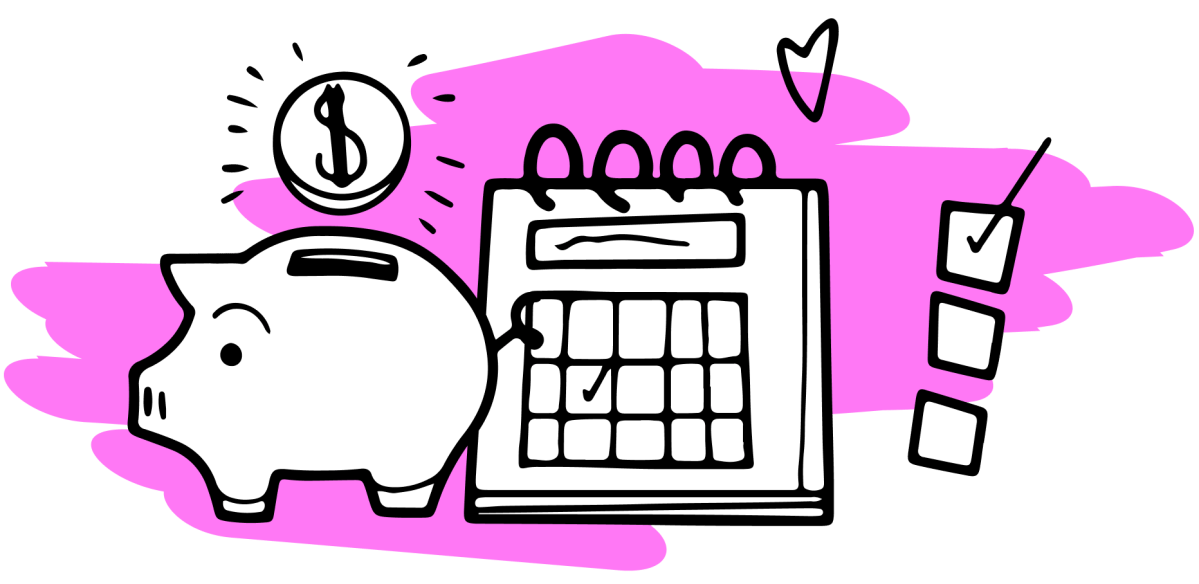Canada is known as being one of the most diverse countries in the world. However, even though our country is becoming more racially diverse, the income for people in racial groups is lower. With rising inflation and housing costs, the racial wealth gap in Canada is likely to get worse.
Here’s a statistic to ponder: the average Black household in the U.S. had a net worth of $24,000 but that number is nearly eight times higher for white households. Why is there such a racial disparity? Let’s break down the issues. Here is what kids and teens need to know about the racial wage gap in Canada.
What is wealth inequity?
Wealth inequity is an uneven distribution of income and assets. The top 20 per cent of Canadian households own two-thirds of the total wealth in this country. Meanwhile, the bottom 40 per cent account for just 2.5 per cent, according to Statistics Canada. Where do Black families fit into these numbers? Sixty-seven per cent of Black families fall into the bottom tier of households, while just 47 per cent of white families do.
What contributes to the racial wealth gap?
Many systemic and discrimination barriers play a role in creating a racial wealth gap for Black people. Take job hunting. Studies have shown resumes with “Black sounding” names like “Jamal” tend to receive fewer call backs for interviews than those with “English” names like “Matthew.”
Now consider the take-home pay of jobs. It’s no secret that women statistically earn less than men. This is known as the gender pay gap. Well, the same goes for different racial groups. Black people generally earn less than white people and other racialized groups for the same occupations, according to Statistics Canada. Specifically, Black males earned an average of $37,152 while white males took home an average of $60,437, more than 60 per cent higher! The gap between Black female incomes ($33,662) and white females ($40,351) isn’t as substantial but still noticeably less.
This loss in potential earnings for Black people means less money for household expenses, and less savings for short-term emergencies and long-term plans, such as buying a home.

How does the wealth gap affect Black communities?
A reduced income and assets can make it harder for some Black families and individuals to secure access to credit and/or be approved for a big-enough mortgage.
Whether by choice or circumstance, Black people are more likely to be renters instead of homeowners. A 2018 Canadian Housing Survey found that 48 per cent of 1.3 million Blacks surveyed lived in a house owned by a member of their household, considerably less than the 73 per cent national average.
No home ownership means no sizable asset that could be inherited by their children to give them a head start on having wealth. As of January 2022, the average price for a home in Canada is now $748,450. And with exorbitant real estate costs, parental financial assistance has shifted from “nice to have” to “very much needed” in order to help adult kids afford a house of their own.
Earning less money also reduces the opportunity to invest in financial products that may appreciate over time. Blacks and other racialized communities were less likely to report investment income on their taxes, according to a 2019 report from the Canadian Centre for Policy Alternatives. The report found that the average amount of investment income for whites was $11,428, 47 per cent higher than the average for racialized groups ($7,774). This particular wealth gap may also speak to the lack of knowledge or comfort with investing.

How can financial literacy help close the Black wealth gap?
The more your kids know about financial literacy, the more empowered they’ll feel to make strong financial decisions. The good news is it’s never too late (or early!) for them to learn about money.
Some schools are picking up the ball. Ontario recently introduced financial literacy to the math curriculum for every grade. All Ontarian tweens and teens will learn about needs versus wants, mortgages, interest, rates of return, the power of compounding interest, credit cards, exchange rates, and stocks.
Ideally, tweens and teens need some money of their own to best learn how to handle finances. They can earn money through a part-time job, doing odd jobs in their neighbourhood or parents can give them an allowance for doing chores and household errands, or with no conditions other than gaining learning experience.
Think about ways to make spending/saving/sharing money more fun. Start lecturing and guaranteed, tweens will tune out. Try interactive websites, apps, and money games, and they may not even realize they are learning in the process.
Encourage them to save their money, especially what they may receive from grandparents and other relatives. As savings grow, they could open up a bank account and learn about deposits, withdrawals, and using an ATM.
As a next step, buying investments provides the potential for better rates of return if you intend to have them for the long haul. Some families buy stocks for their kids, usually a company of interest to the child, such as Disney, Apple, or Google. They can then track the stock’s progress. Investing provides long-term benefits, such as funds towards post-secondary education, a down payment on a first house or even retirement savings.
The racial wealth gap won’t be solved tomorrow. But all parents can empower themselves and their children to learn ways to improve their financial futures. You can’t teach what you don’t know, but many resources are available at your fingertips to help your money-smart tween get started.
Download Mydoh and help build the foundation of financial literacy for your kids and teenagers.
This article offers general information only and is not intended as legal, financial or other professional advice. A professional advisor should be consulted regarding your specific situation. While the information presented is believed to be factual and current, its accuracy is not guaranteed and it should not be regarded as a complete analysis of the subjects discussed. All expressions of opinion reflect the judgment of the author(s) as of the date of publication and are subject to change. No endorsement of any third parties or their advice, opinions, information, products or services is expressly given or implied by Royal Bank of Canada or its affiliates.

Teach Your Kids How To Earn, Spend & Save Money
with the Mydoh App &
Add up to five kids and two parents on one account.











